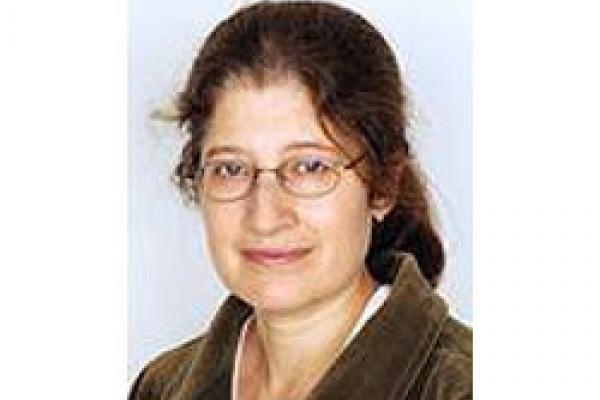
Part of the Institute for Chinese Studies "Understanding China -- Its Roots and New Frontiers" Lecture Series and Center for Historical Research’s “State Formations: Histories and Cultures of Statehood” Program
“Repertoires, performances, and institution creation: Comparing Regime Consolidation in China and Taiwan, 1949-1955”
Abstract:
Much of the state building literature that comes from a Weberian perspective focuses on the creation and solidification of state institutions, particularly those bureaucratic institutions concerned with external defense, internal order, the extraction of sufficient resources to fund the state apparatus, and the recruitment and socialization for the state bureaucracy itself. Other literatures in a more rational choice vein, particularly associated with Robert Bates’ work on Africa, focus on how incentives for individuals within state bureaucracies often lead to rent seeking behaviour that undercuts the wider state building project. My work seeks to fill in the large grey areas and gaps between these two literatures on state building by focusing on they dynamics of how the higher reaches of the state mobilize the lower reaches of the bureaucracy through campaigns that intensely focus the nascent capacity of state agents on a series of extraordinary actions and programs, and they ways in which these campaigns either support or undercut other processes in the institutionalization of the bureaucracy that tend towards regular procedures, processes and rules. In this paper I also draw on the related notions of repertoire and performance as critical elements to processes of both campaign mobilization and workaday bureaucratization. In so doing, I expand on Charles Tilly’s notions of “repertoire” (which he applied almost exclusively to social movements and protest from “below” as part of claim making) to consider two crucial factors in the consolidation of otherwise unproven and/or outright illegitimate new regimes of the People’s Republic of China and the Republic of China (Taiwan) in the early 1950s. 1) how leaders themselves drew on particular repertoires as the “frames” that established the boundaries of the desirable and achievable in terms of preference formation and 2) how leaders utilized particular performances to communicate new norms, vocabularies, and practices to the population at large while still remaining intelligible. The piece will conclude by linking these notions of repertoire and performance to campaign mobilization and institutionalization.
Research:
Institution building and governance in China
Local administration and environmental policy (especially forestry) in China
Domestic politics of China and Taiwan
Editor of The China Quarterly
Comment: Chris Reed, History, OSU
Sponsor: Center for Historical Research at OSU
